Whatapp:
+278.3675.0634
Work Hours
Monday to Friday: 7AM - 7PM
Weekend: 10AM - 5PM
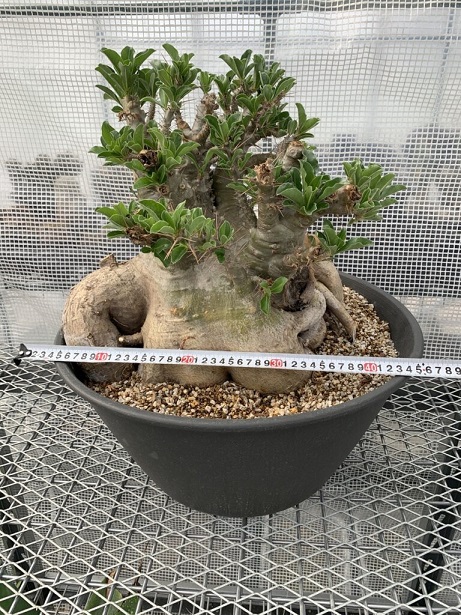
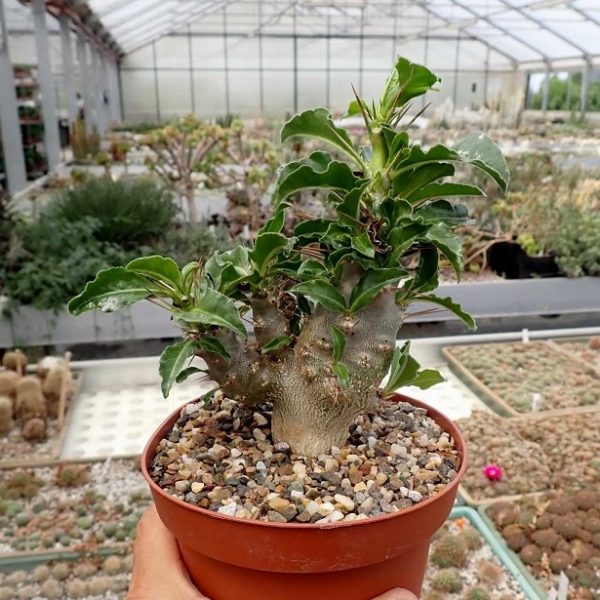
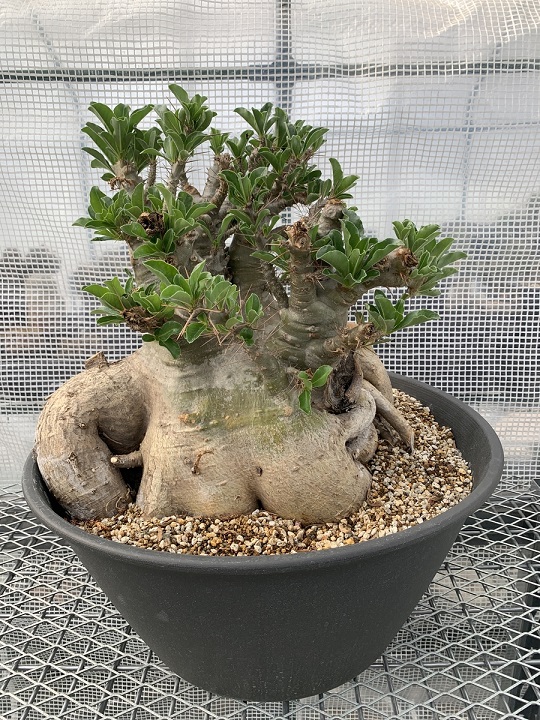
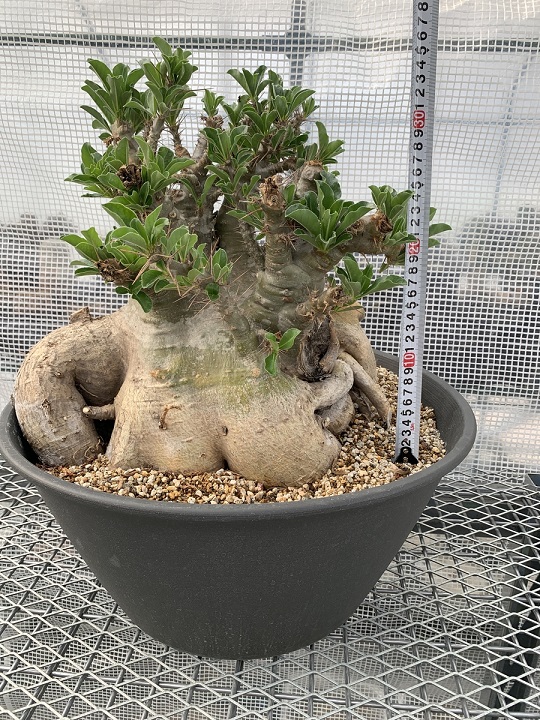
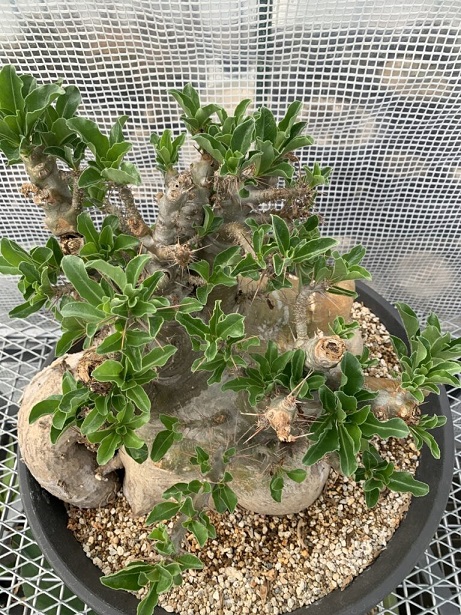



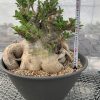
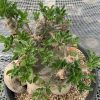
Price range: $30.00 through $60.00
Pachypodium saundersii, commonly known as kudu lily or rathbonia, is a succulent shrub native to Southern Africa
Pachypodium saundersii, commonly known as kudu lily or rathbonia, is a succulent shrub native to Southern Africa, including KwaZulu-Natal, Mpumalanga, Limpopo in South Africa, Eswatini, southern Mozambique, and Zimbabwe
It grows as a small to medium shrub, typically 0.5 to 1.5 meters tall, but can reach up to 2 meters in some cases
The plant has a large, swollen, tuberous stem (caudex) up to 1 meter in diameter, often exposed above ground and irregularly shaped
It produces several narrow, thorny branches covered in paired, sharp spines 20-70 mm long
Leaves are dark green, glossy, thinly textured, and range from 30-80 mm long and 10-40 mm wide, arranged spirally or in pairs
Flowers appear mainly from February to May (autumn to early winter), are large, white with a pink to purplish tinge on the outside, waxy in texture, and borne in terminal clusters
The fruit consists of two horn-like follicles up to 15 cm long containing small seeds with tufts of silky hairs that aid wind dispersal (Pachypodium saundersii)
Pachypodium saundersii naturally grows in dry woodland, often among rocks or in rock crevices, at altitudes up to 600 meters
The thick succulent stem stores water to survive hot, dry conditions and drought, while the pale bark reflects sunlight to keep the plant cool
Seeds are dispersed by wind, facilitated by the hairy tufts on the seeds
It has lost about 20% of its habitat and faces threats from invasive alien plants and harvesting, but it remains widespread and abundant.
The species is assessed as Least Concern by the South African Red List but is considered Vulnerable in some regions like Zimbabw (Pachypodium saundersii)
Pachypodium saundersii is highly poisonous and was historically used as arrow poison in hunting
In Eswatini, it is used traditionally to treat toothache
It is valued as an ornamental plant for rock gardens or containers due to its striking caudex and flowers
It prefers well-drained, sandy soil in full sun or semi-shade, with moderate watering during growth and dryness during dormancy
It can tolerate moderate frost and is best propagated from fresh seeds or tip cuttings(Pachypodium saundersii)
The genus name Pachypodium means “thick foot,” referring to the swollen stem base.
The species name saundersii honors Sir Charles James Renault Saunders (1857–1931), a Natal civil servant and plant collector who first collected the type specimen in 1891
In summary, Pachypodium saundersii is a distinctive, drought-adapted succulent shrub with a thick caudex, thorny branches, glossy leaves, and attractive white to pinkish flowers, native to rocky dry woodlands in Southern Africa. It is both an ornamental plant and a species with traditional medicinal and historic uses. It requires warm, well-drained conditions and careful handling due to its toxicity
For optimal soil composition, a mix that emphasizes drainage and oxygen availability is recommended. This can include sifted coarse decomposed granite, quartzite, pumice, turface, or similar inorganic materials. A small amount of organic matter, such as commercial potting soil, is acceptable but should be minimal to maintain good drainage
The soil pH should be mildly acidic, around 6.1 to 6.5, which aligns with the plant’s natural habitat on basalt, granite, limestone, sand, and sandstone substrates
In summary, the best soil for Pachypodium saundersii is:
Sandy, well-draining soil (cactus or succulent mix)
High proportion of inorganic drainage materials (pumice, decomposed granite, quartzite)
Minimal organic content to avoid water retention
Slightly acidic pH around 6.1–6.5
This soil environment supports healthy root oxygenation and prevents overwatering issues common with this succulent species.
| Sizes | Small, Medium, Big |
|---|
Reviews
There are no reviews yet.